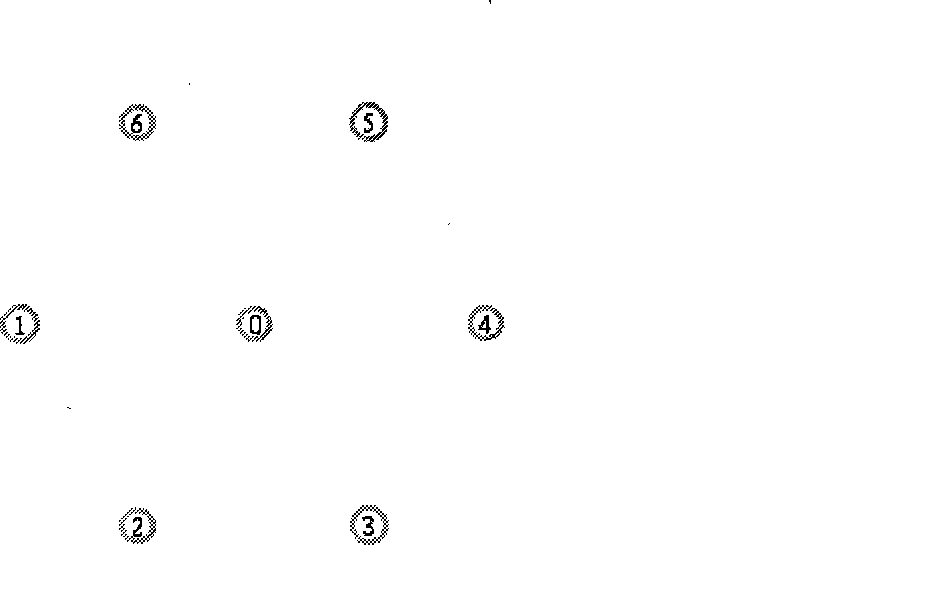Independence self-adapting regulation method for sensor node dutyfactor based on IEEE802.15.4
An adaptive adjustment, sensor node technology, applied in transmission systems, electrical components, data exchange through path configuration, etc., can solve the problem of reducing the duty cycle of no-flow nodes, shorten the beacon interval period, and ensure delay. performance, the effect of reducing the reception frequency
- Summary
- Abstract
- Description
- Claims
- Application Information
AI Technical Summary
Problems solved by technology
Method used
Image
Examples
Embodiment Construction
[0040] The technical solutions of the present invention will be further described below in conjunction with the accompanying drawings and specific embodiments.
[0041] For a typical wireless sensor network application, since there are many nodes in the entire network coverage area and the communication range of a single node is limited, the clustering algorithm is used to cluster the local nodes in the network so that the entire network forms a clustered tree topology. It is a more effective implementation method. Such as figure 1 As shown, each PAN subnet is managed by a network coordinator as a cluster head as a relatively independent node cluster, and the data flow between each cluster is transmitted by each cluster head, and finally by a first network The coordinator controls the operation of the entire network.
[0042] In order to focus on the verification of the performance of the method of the present invention without involving other specific technologies, such as ...
PUM
 Login to View More
Login to View More Abstract
Description
Claims
Application Information
 Login to View More
Login to View More - R&D
- Intellectual Property
- Life Sciences
- Materials
- Tech Scout
- Unparalleled Data Quality
- Higher Quality Content
- 60% Fewer Hallucinations
Browse by: Latest US Patents, China's latest patents, Technical Efficacy Thesaurus, Application Domain, Technology Topic, Popular Technical Reports.
© 2025 PatSnap. All rights reserved.Legal|Privacy policy|Modern Slavery Act Transparency Statement|Sitemap|About US| Contact US: help@patsnap.com



